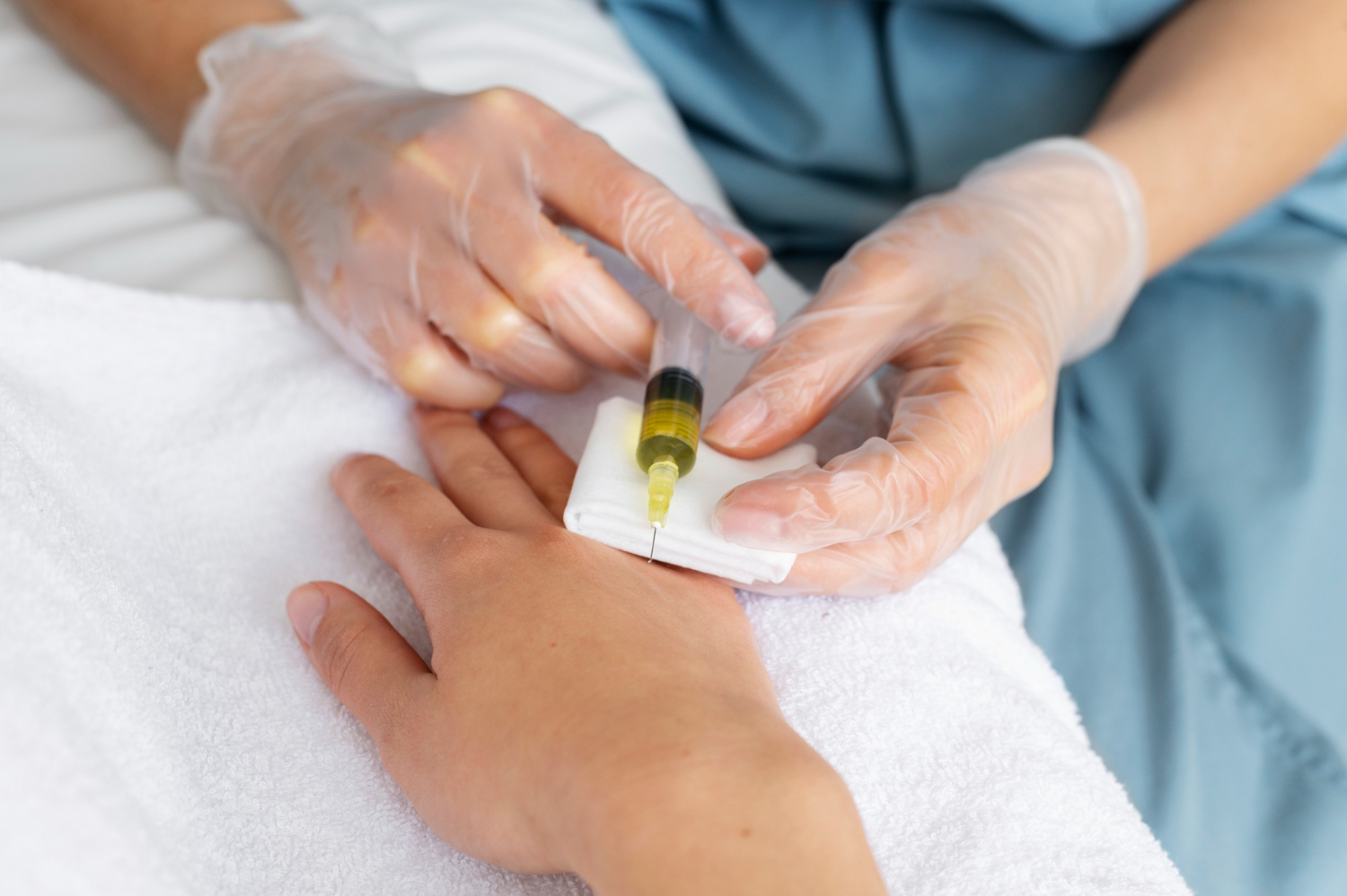Wart Treatment Using Salicylic Acid: A Comprehensive Guide

Warts are small, rough skin growths caused by the human papillomavirus (HPV). While generally harmless, they can be unsightly, uncomfortable, and sometimes painful. One of the most effective and widely used treatments for warts is salicylic acid. This article delves into how salicylic acid works, its effectiveness, usage, and precautions to consider.
Understanding Salicylic Acid
Salicylic acid is a beta hydroxy acid (BHA) derived from the bark of willow trees. It’s a common ingredient in over-the-counter wart treatments due to its ability to break down the structure of warts. Salicylic acid works by exfoliating the outer layer of skin, gradually softening and dissolving the wart.
How Salicylic Acid Treats Warts
- Keratolytic Action: Salicylic acid acts as a keratolytic, meaning it softens and dissolves keratin, a protein that makes up the wart and the surrounding dead skin.
- Exfoliation: By exfoliating the outer layer of the skin, salicylic acid promotes the shedding of the wart tissue over time.
- Immune Response: The irritation caused by salicylic acid may also stimulate the body’s immune response to fight the underlying virus.
Effectiveness of Salicylic Acid
Salicylic acid has been shown to be effective for many people when used consistently and correctly. Studies suggest that salicylic acid treatments can lead to complete wart removal in about 70-80% of cases after 12 weeks of treatment. However, its effectiveness can vary based on the type, size, and location of the wart, as well as individual response to the treatment.
How to Use Salicylic Acid for Wart Treatment
- Preparation: Soak the affected area in warm water for 5-10 minutes to soften the skin.
- Application: Dry the area thoroughly. Apply the salicylic acid directly to the wart using the applicator provided or a cotton swab. Avoid applying it to surrounding healthy skin.
- Covering: Some treatments recommend covering the wart with a bandage or pad to enhance the effectiveness of the acid.
- Regular Treatment: Repeat the process daily. It’s crucial to be consistent with the treatment, as skipping applications can reduce effectiveness.
- Exfoliation: Periodically, gently file away the dead skin with a pumice stone or emery board.
Types of Salicylic Acid Treatments
- Liquid Solutions: Often the most straightforward to use, these can be applied directly to the wart with a brush or dropper.
- Gels: These are thicker and can stay on the wart longer.
- Patches and Pads: These pre-treated adhesive pads are easy to apply and can protect the wart while delivering salicylic acid.
Products with Salicylic Acid available online
- Brodacid– Popular product in Eastern Europe, convenient to use and good value for money. Bottle of 5ml.
- Antipap– Strong product to use on regular warts, papillomas, calluses, and hard corns, available in a tube of 20 ml that will last for a long time.
Precautions and Side Effects
- Skin Irritation: Some users may experience redness, irritation, or a burning sensation. Discontinue use if severe irritation occurs.
- Healthy Skin Protection: Avoid applying salicylic acid to healthy skin to prevent damage and irritation.
- Medical Advice: Consult a healthcare provider before using salicylic acid if you have diabetes, poor circulation, or are treating warts on sensitive areas like the face or genitals.
- Children: Use with caution in children, and always follow the guidance of a pediatrician.
Conclusion
Salicylic acid is a time-tested and effective treatment for warts, particularly common warts on hands and plantar warts on feet. Its success hinges on consistent and correct application, combined with patience, as treatment can take several weeks to months. While generally safe, it’s important to use salicylic acid carefully to avoid irritation and ensure the best results. If over-the-counter treatments are ineffective, consulting a healthcare professional is advisable for alternative treatments.
